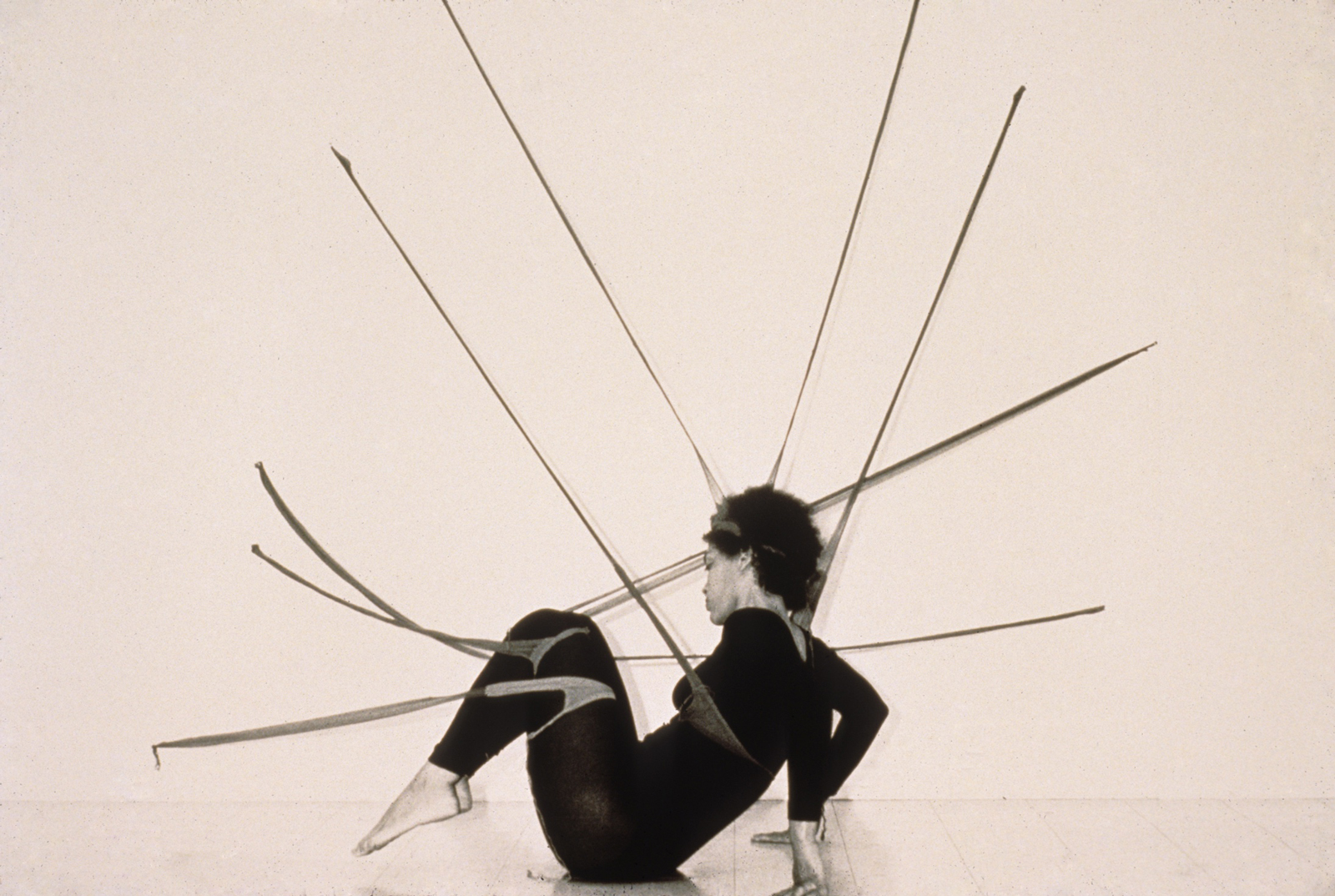Text by Kei Benger
Editors Olivier Zahm and Elein Fleiss published a magazine entitled ‘Purple Prose’ in 1992 as a potential reaction against the superficial and commercial glamor of the fashion industry. Thereafter, a series of publications were produced including ‘Purple,’ ‘Hélène’ and ‘The Purple Journal’ that despite transforming itself through a variety of editions and titles, continued to hold a sense of uniqueness that has persisted to fascinate and capture the attention of readers across the globe.
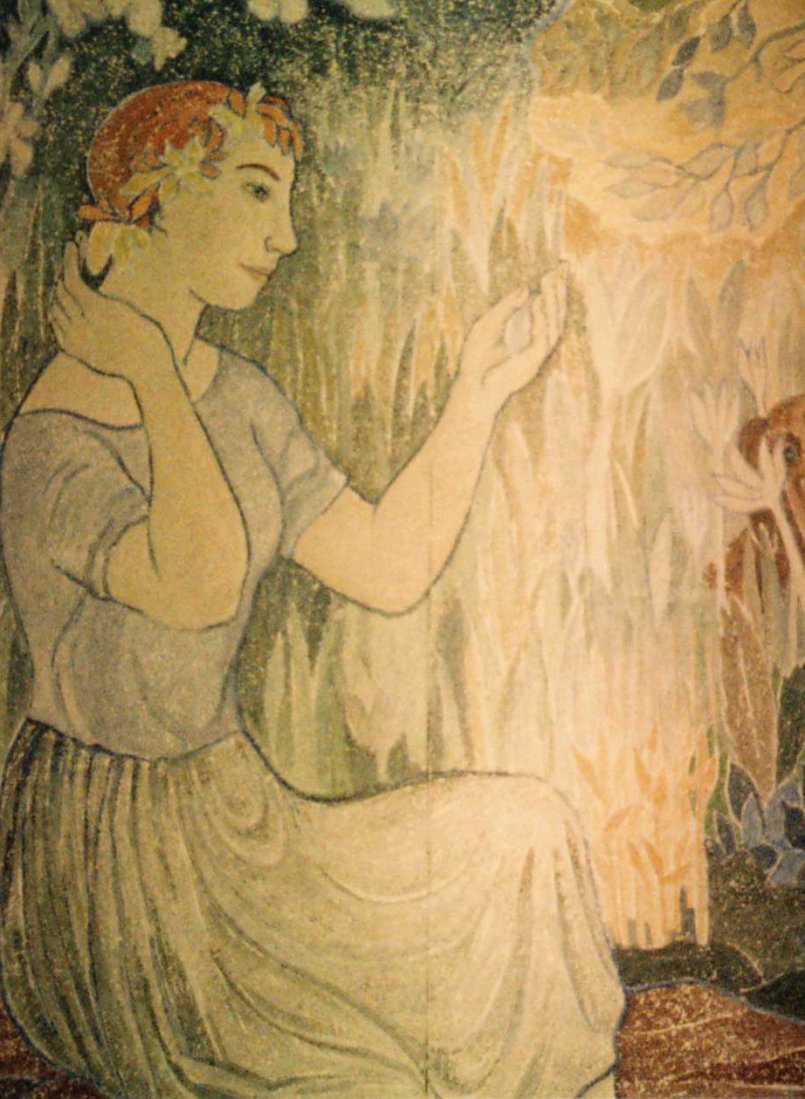
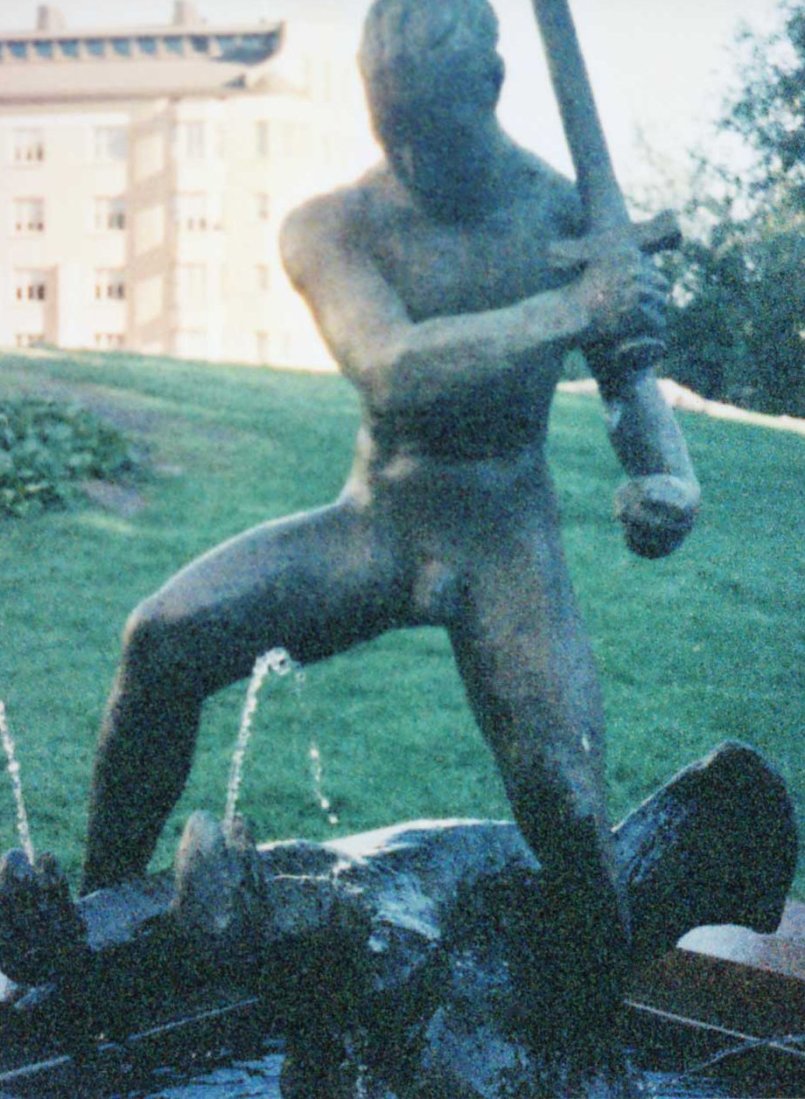
Introduced in a manner that separates itself from mainstream fashion and art magazines, ‘Purple’ provided an alternative view of the creative field not only with its global perspective, but also in the way that it combined elements of fashion, art, photography, music, film, and literature, and blurring the boundaries between them.
Since 2004, Purple had divided itself into two separate branches of publications namely, ‘Purple Fashion magazine’ (edited by Olivier Zahm, published by Purple Institute) and ‘Purple Journal’ (edited by Elein Fleiss, published by Les Editions Purple). Zahm whom came to embrace the hierarchy of the fashion industry and its relationship to luxury and status had begun his own path in creating ‘Purple Fashion.’ Despite receiving sponsorship and publicity from major brands, Zahm produced a fashion magazine with its own discourse in involving the cooperation of artists and creators in the editorial process. Elein on the other hand had opposed this hierarchy and had turned her back upon corporate sponsors to fund the production of her projects. Elein Fleiss established ‘The Purple Journal’ as a form of poetic address that continues to explore the possibilities of the magazine medium, driven by her desire to discover an independent sense of interest and aestheticism.
I realized that what I really love is bringing people together in one publication. I thought about the Internet right away
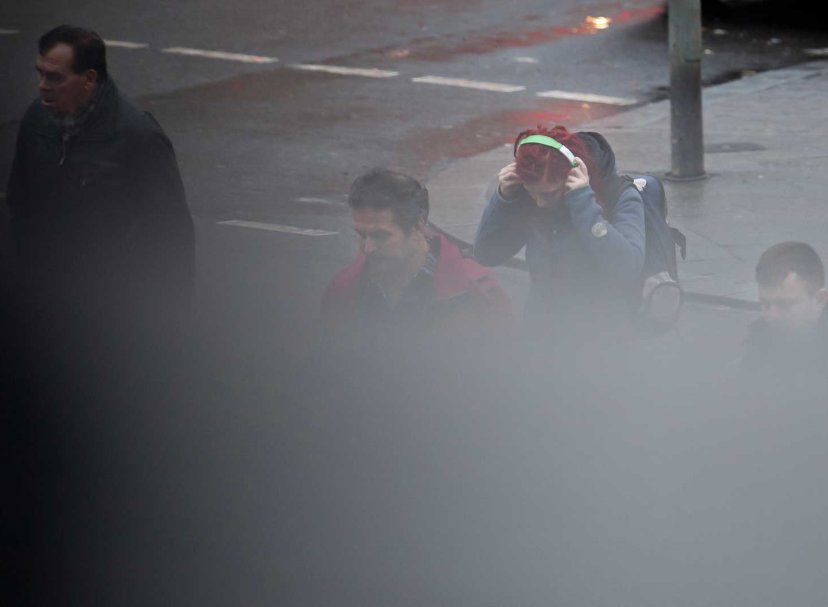
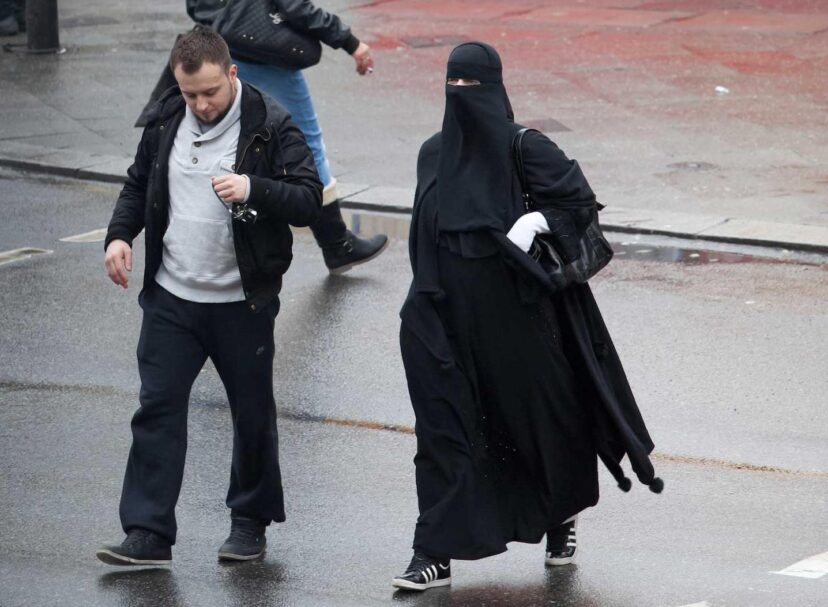
This year that marks the 10th anniversary of ‘The Purple Journal’ has been a pivotal year that further allowed the magazine to embrace new possibilities.
‘Les Chroniques Purple’ released as a collaborative publication between Les Editions Purple and VACANT, had first began as a one-year project on a website initiated by Elein on New Year’s Day of 2013. The website (of the same name) was updated daily, bringing together an array of individuals from various creative fields. Each of the participants had been asked to provide a monthly chronicle over the course of one year in the form of photographs, drawings, anecdotes, essays, poems, and streams of consciousness. The titles of the articles each include the date, name of the author, and the title of the chronicle, in turn reinforcing the idea of being woven like the pages of a diary, allowing a glimpse into the daily lives of its authors. Over 400 articles were accumulated on the website, with a selection later chosen for publication in the printed version of the project.
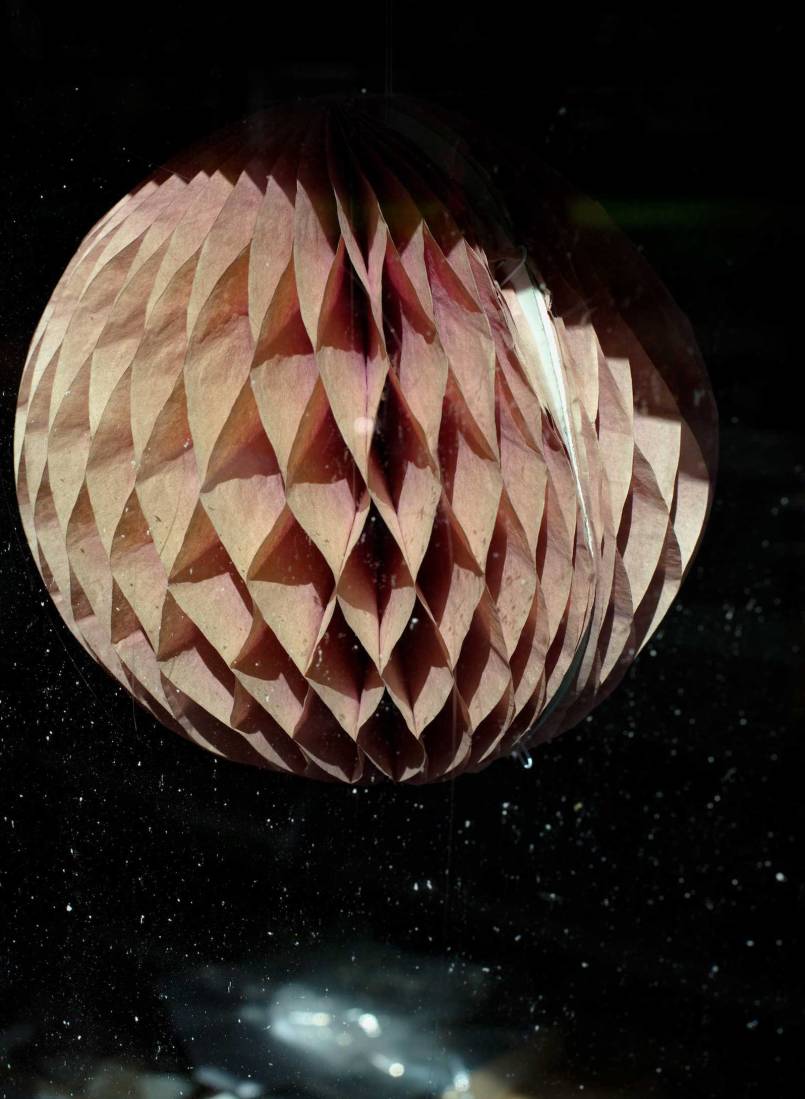
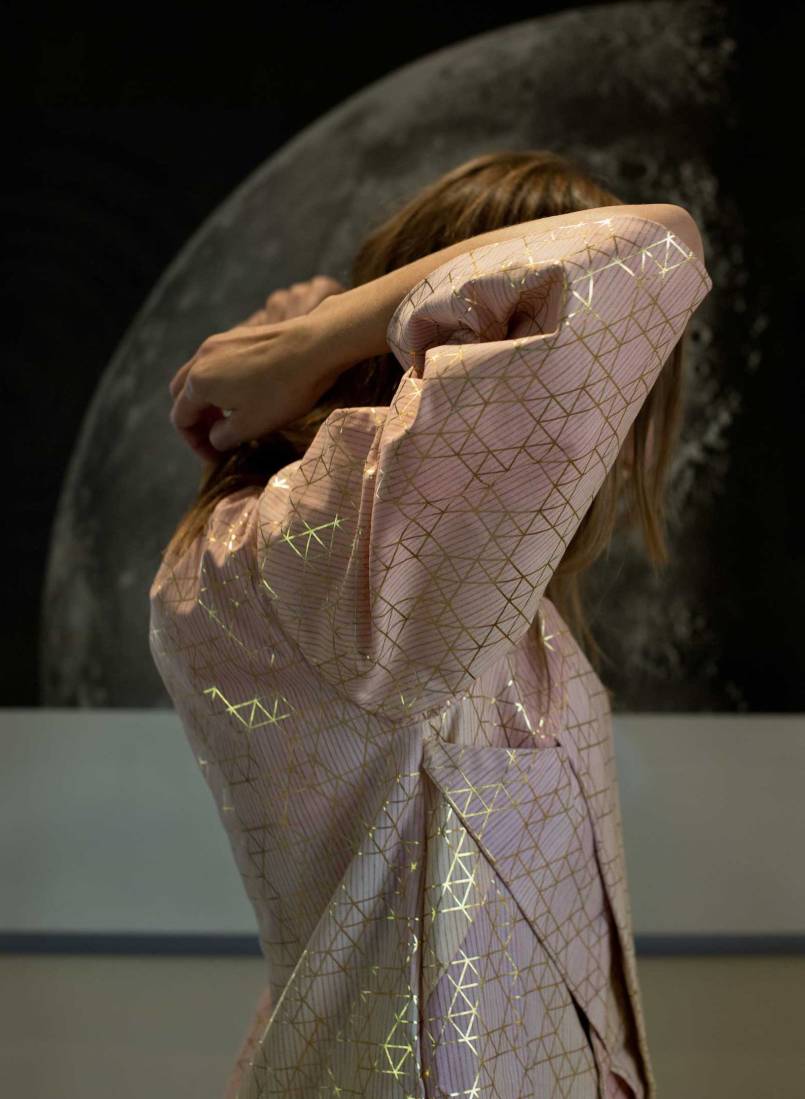
It is interesting to note that in both the web version of the magazine and the printed version there is no specific indication or profile regarding its authors, link to their personal website, or any contact or commenting functions. In a sense the project appropriates the web medium, yet at the same time steers clear of elements of interactivity that is common to many web-based mediums today. Elein mentions an initial reluctance towards using the Internet as a publishing medium due to its overriding convenience and quality of transmitted materials. However the decision to publish online is ultimately made through seeking a method and means of producing a magazine individually without the assistance of previous colleagues and sponsorship from major brands. She states, ““There was this issue of how to find funding without being in an art or fashion context. When you don’t go to fashion shows you don’t see the particular people of the industry, therefore my advertisers were becoming more reduced…I did not want to take pictures of clothes and brands I did not particularly like, which minimizes possibilities a lot since it essentially reduces options to only a few brands by people who’s work you are really interested in. I didn’t really feel like asking anyone for funding, so I was in a situation where there was no money and I was working on my own…I waited for a long time and thought about what I was going to do. I first thought of publishing artist books in small editions since I had a little bit of money left, but then I realized that what I really love is bringing people together in one publication. I thought about the Internet right away.”
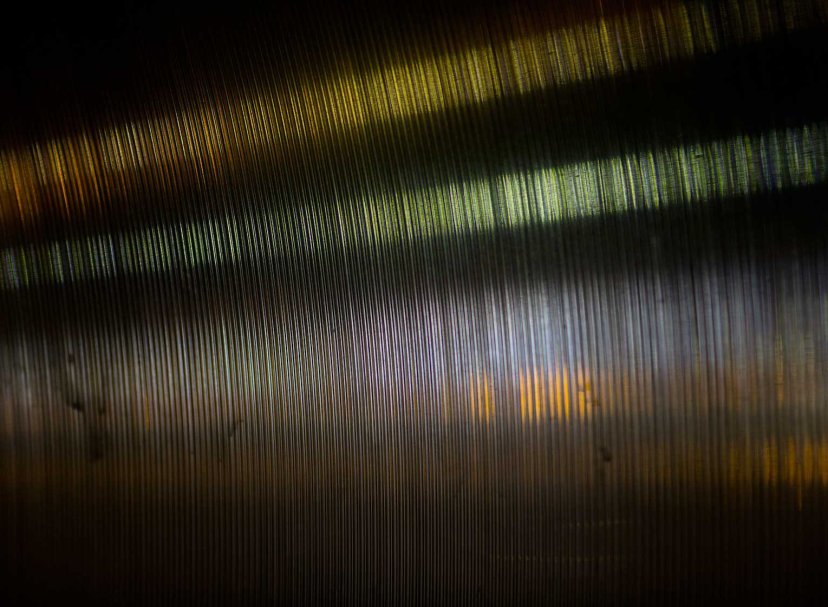
In the end it was the drive to publish that had prevailed over feelings of reluctance. It had been a difficult decision as Elein herself had continued expressed her fondness of printing ink on paper, with books and magazines being her preferred choice of medium. It had also been a challenge for someone who had published a magazine that became famous over the years, to suddenly start afresh by producing a website. Ultimately the website became a “work in progress that was open for everyone to see,” with the publication in book form becoming the finished product.
In addition to artists and photographers whom contributed to earlier editions of Purple including Anders Edstrom and Takashi Homma, Elein used the Internet as a tool to contact and bring together contributors whom she had never met or worked with before. She would browse the Internet for works that caught her eye, and proceed to contact and correspond with these individuals via email and tumblr. Some of these contributors include Malaysia based photographer/graphic designer Jun Kit, Germany based photographer Kristin Loschert, and Argentinian photographer Guillermo Ueno.
Jun Kit’s chronicle is entitled, “Near the Equator.” Elein had initially asked Kit to write a chronicle about Malaysia that would ‘give her a guided tour of the country without having been there.’ The request was a simple one that did not necessitate a tour of the country as could be read in an average tour guide, but instead one that would be a personal and intimate journey lead through subjective emotions. In one of his entries, Kit recollects a childhood visit to a former leper settlement of the 1930s colonial era.
“I remember seeing some of the lepers when I was a child accompanying my aunt as she shopped for orchids in the nineties. They existed quietly with the new generation of gardeners, most with amputations, their environment perpetually decorated with flowers and ornamental shrubs.”
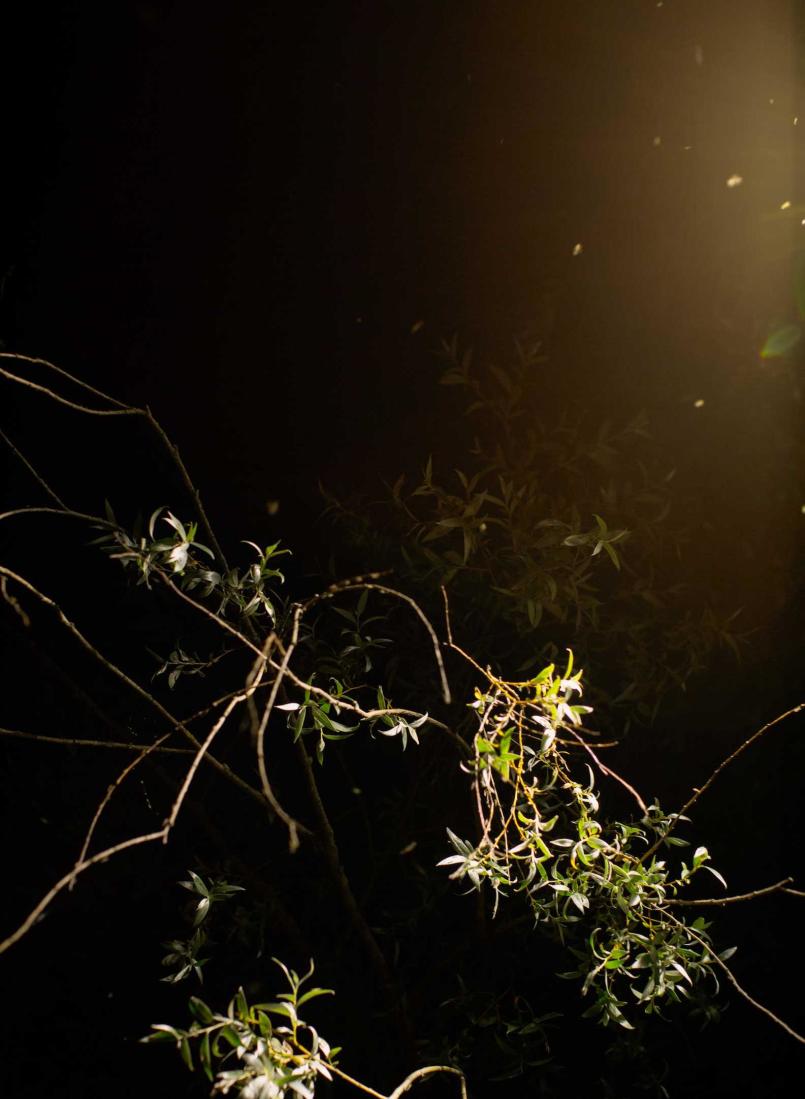
The readers are given the opportunity to glimpse a part of Malaysian history through the author’s memories that are written as a poetic stream of consciousness. It is these anecdotes, these glimpses into the lives of its authors that draw the readers in. We encounter the experiences of female survivors of the Holocaust in a series of interviews juxtaposed against photographic portraits by Amit Berlowitz & Hadas Yossifon in “All of us are already gone,” and the strange and outrageous situations experienced in her numerous workplaces by Althea Saint Amand in “Toil and Woe” (each entry finds her in a new location, battling it out against an irrational team of bikers working as a waitress in a restaurant, or a being fearfully run-over by a reckless coworker whilst working in a garage in downtown San Francisco). In the meticulously described accounts by Stephen Sprott in “Going Places,” we follow his journey as he walks through the Chartres Cathedral of France as inspired by J.K. Huysmans’ novel, getting lost in the woods in Taconic State Park, metaphorically ‘visiting’ the city of Toronto through watching a documentary film of Glenn Gould giving a personal guided tour of the city. Such accounts in most cases are highly subjective; however leave enough room for the readers to relate.
‘Les Chroniques Purple’ marks a notable point in the history of Purple not only due to its distinct method of production and means of bringing together creative talent from across the globe, but also because it is the fist time for the publication to be accompanied by a Japanese translation. Until now Purple publications had only been available in dual languages of French and English, and therefore many of its Japanese readers had ‘read’ both the texts and images solely as visual elements. This publication creates an opportunity for such readers to delve deeper into the sensitivities and meanings of the texts themselves, further enhancing the ‘Purple experience.’ Yusuke Nagai, founder of VACANT, an event space opened in 2009 in Tokyo’s Harajuku district that serves as an art gallery, café, and bookstore, had made this translation possible.
In correspondence to the publication that was released on May 5th 2014, an exhibition of works by the contributors to the website took place in VACANT (May 5th~16th, 2014), which then travelled to Center for COSMIC WONDER Osaka (June 6th~22nd, 2014). Exhibited works included photography by Takashi Homma (“Fiction Diary”), Amit Berlowitz, Yuko Noguchi (“A Quiet Place”), Jun Kit, as well as an installation piece by Cosmic Wonder, and ceramics by Purple’s artistic director and longtime friend of Elein, Makoto Orui. The opening of the exhibition at VACANT was also accompanied by a talk event with Elein and freelance fashion writer and founder of the art and culture zine “here and there,” Nakako Hayashi.
Many of today’s mainstream art and fashion magazines seem to be created under the pretext of communicating current trends of the industry in hand with major brands, and showcase the works of renowned icons. “Les Chroniques Purple” on the other hand remains as an alternative. It is not driven by commercial force but by independent selection, as readers are given the opportunity to encounter works by the perhaps lesser known up and coming creative talents from across the globe. Furthermore, its contributors in most part have not been asked to write or contribute works according to a specific theme or on a given subject, but are given the freedom to make their own choices, allowing for the production of a more ‘artist-run’ publication. What we see in this publication is an underlying sense of passion, a passion of an individual whom brings together different people to form a new community of creative talent. These are the chronicles woven by Elein Fleiss.
*”Les Chroniques Purple” will be available in select bookstores in Europe and the United States from Fall 2014 (distributor: IDEA BOOKS)
